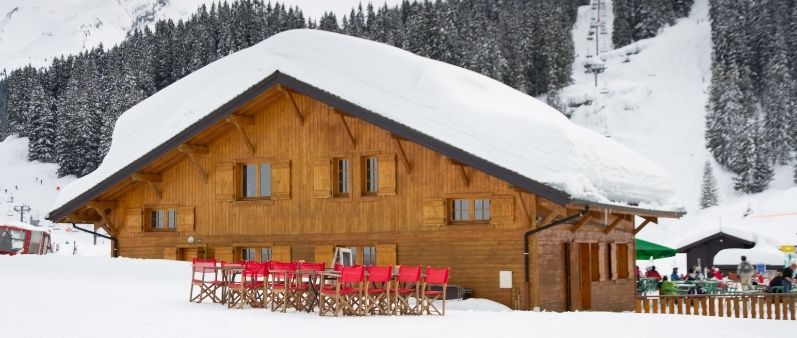
What Is Friluftsliv? The Norwegian Philosophy of Embracing the Outdoors
Forget Hygge, It’s Time to Embrace the Scandinavian Concept of Friluftsliv
This morning I woke up to a familiar sound, or better said, a familiar silence; the silence of snow. That beautiful clean blanket which wraps the landscape up in quiet repose. Still drowsy from sleep, I pulled back the curtain over my bedroom window and as I drew my face closer to the drafty window (a good reminder that it’s probably time to install the storm windows) I smelled the beautiful, cold, fresh scent of snow. One of my favorite smells.
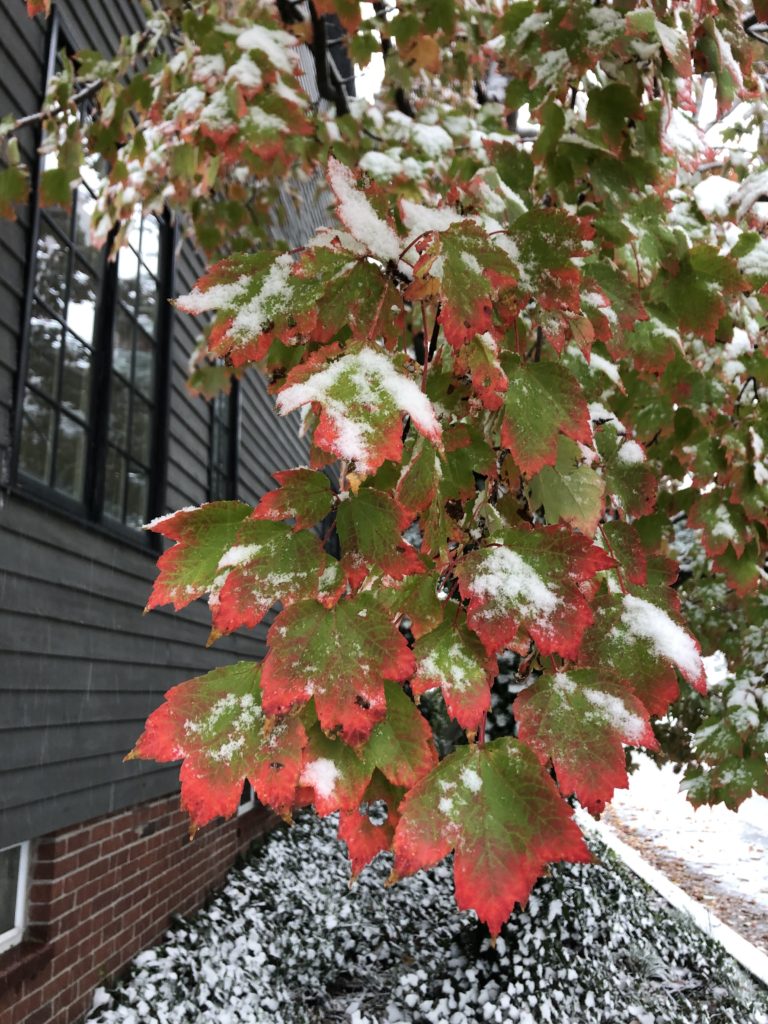
It’s October 30th, which even I would say is too early for snow. After all, we still have nearly 8 weeks left in Autumn. We need more crisp-clear blue skies and crunching leaves underfoot, but this early snowstorm felt like nature had wrapped up a present just for me. I love snow.
I hurried through my morning routine, and even before coffee I slapped on my winter boots, hat, and coat and headed out into the waiting winter wonderland for a good long wander in the snow. Some of you are probably cursing my cheerful adoration of this cold, wet inconvenience that falls from the sky for what feels like half the year (when you live in the Northeast.)
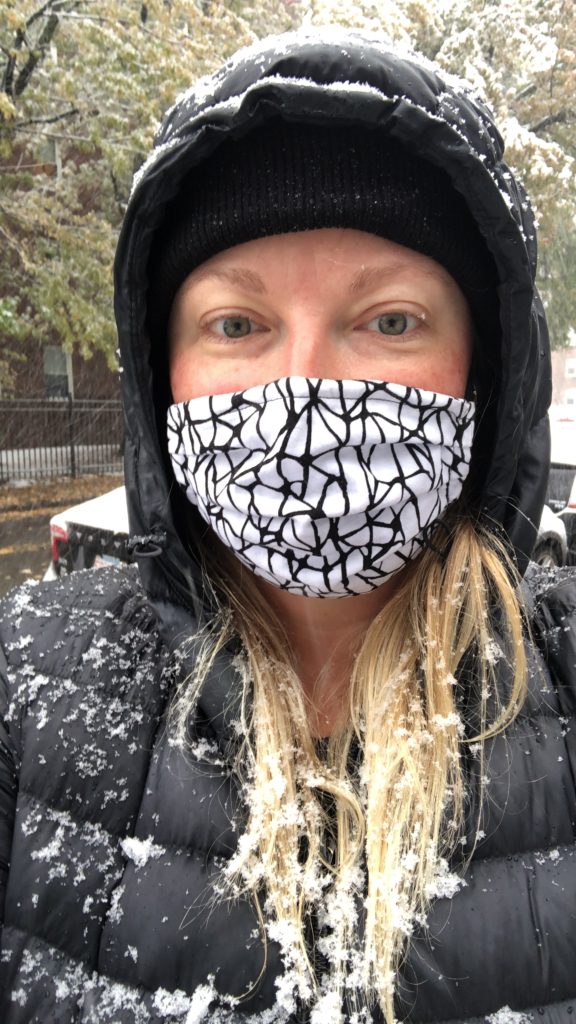
I get it. It is cold, wet, slippery, and causes traffic accidents and cancellations. We have to shovel it, clean it off our cars, push our baby carriages and wheelchairs through it, go grocery shopping in it and we feel trapped in our homes by it.
Norwegians Deal with Winter by Embracing the Outdoors and Nature
Many of my friends have been expressing dread over the approaching winter season and what it might mean for outdoor socializing during the pandemic. We’re already feeling trapped in our homes by the virus, and now here comes another reason to stay indoors. But what if there was a better way?
How do You Pronounce Friluftsliv? (It’s Free-loofts-liv)
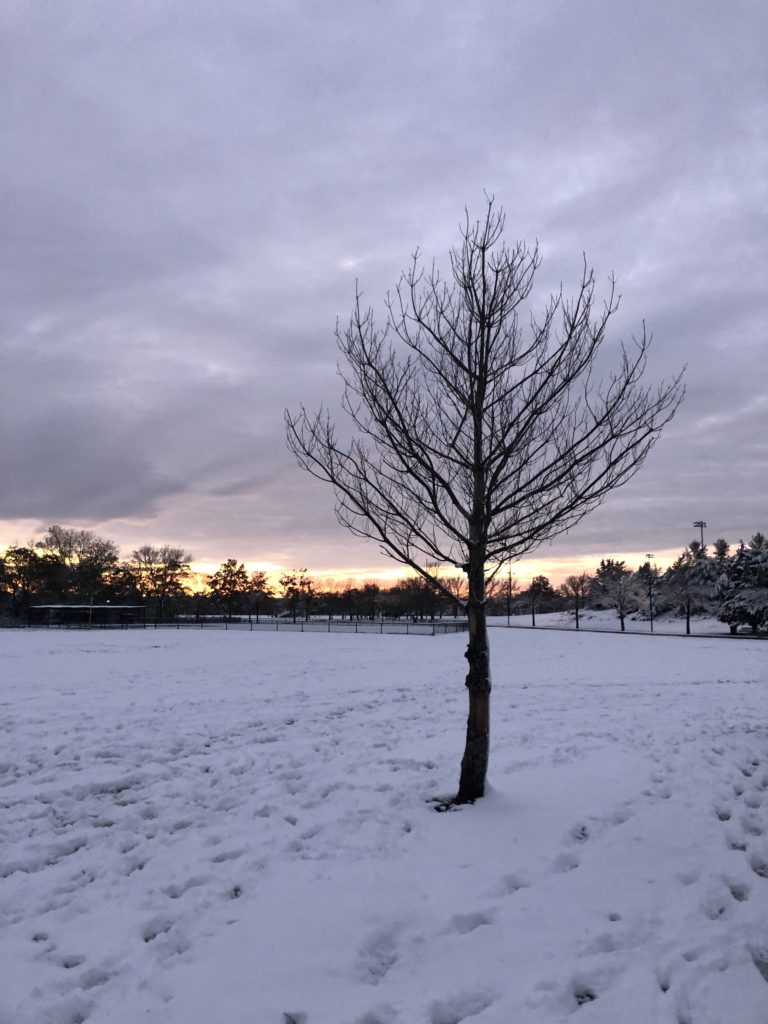
In much of Scandinavia, there is a deep cultural reverence for nature and in Norway, that reverence is akin to a national religion. The Norwegians are truly obsessed with the outdoors. When I was traveling there I found myself on a train stopped somewhere between Oslo and Bergen. It was May and the days had lengthened and warmed, but there was still snow in the highlands.
A gust of cold air burst through the door of the train, followed by a man and his two children. After stashing their bags of ski equipment in the luggage rack, they sat down next to me with their pink cheeks, rubbing their palms together to warm them, huge smiles plastered across each of their faces. They were just so pleased to have been spending the day outside, but it wasn’t a rare occasion, for them, it’s a lifestyle.
Friluftsliv Translation
The Norwegians call this friluftsliv or “free-air life,” and at the heart of the philosophy is the belief that one should in some way, connect with nature every single day, no matter if it’s raining sideways or snowing or bitterly cold.
This may seem like a strange habit to embrace when one lives in a very dark, very cold, and very snowy country like Norway, but it’s a survival tactic, and if anything, the Norwegians ramp up their outdoor activities in winter. Their theory is, if you can’t beat the weather, embrace it.
And in order to embrace it properly and safely, you need to gear up. The Norwegians say, “There’s no such thing as bad weather, only bad clothing.” To that end, they produce some of the finest outerwear in the world. We’re talking parkas with battery-powered heating elements in them, lightweight waterproof rain gear, well-insulated snow boots, gorgeous hand-knitted wool mittens, and so much more.
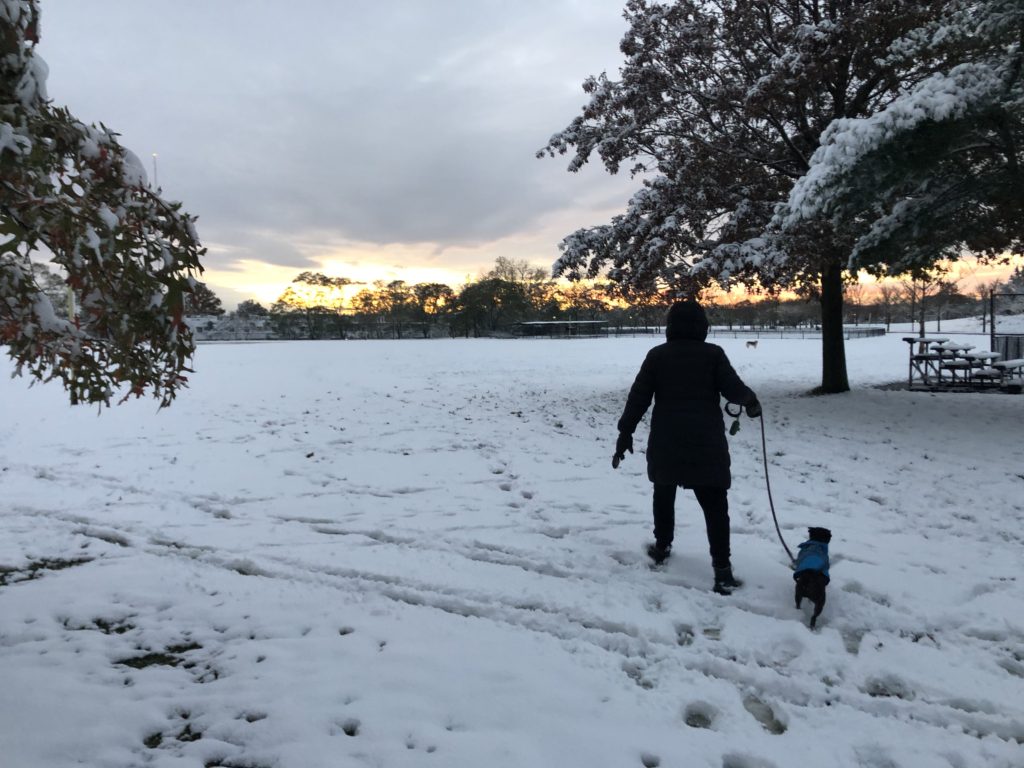
Leaving the comfort of your warm cozy nest isn’t always appealing, especially when the weather is challenging, but you don’t have to be miserable to practice friluftsliv. You don’t have to be a mountaineer or a cross-country skier either. Not everyone is physically able to go hiking in a snowstorm and that’s ok. Soaking in outdoor hot tubs and doing sauna counts as friluftsliv, as does doing yard work, or just taking a brisk walk around the block, or simply opening up a window and letting the cold fresh air pour in.
Even in the middle of the city, there are ways to connect with nature. Take a new route through your neighborhood each time you go out for a walk. Get a field guide or app so you can identify the trees and plants growing along the sidewalk or in public parks and green spaces. You’ll be surprised at how many different kinds of plants are growing right there in the city. Some of them might even be medicinal or edible!
Being Present In Nature
Getting out in all seasons means you get to see the changes that are always happening in the landscapes you’ve become familiar with. You’ll see the leaves change, the animals hunting for food, then the snow crunches beneath your feet, then it melts away and reveals all the fresh shoots and buds of spring, and then the cycle repeats.
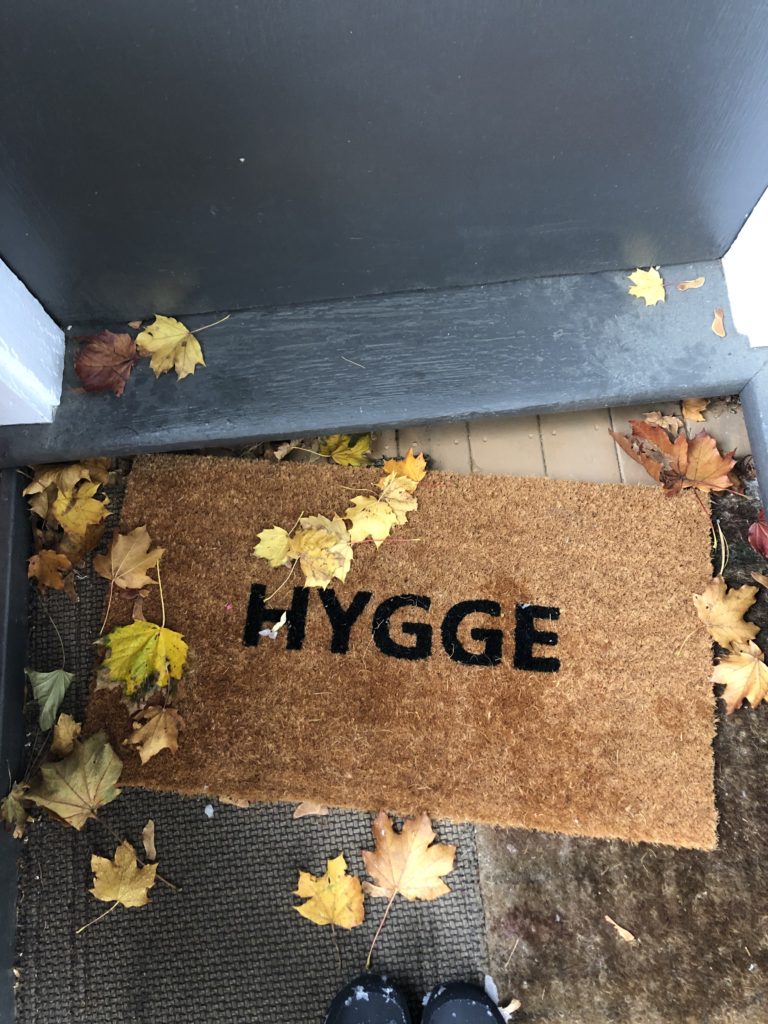
How to Deal With Winter
Seeing these natural ebbs and flows can be comforting when it feels like we’re stuck in an unending challenge. With the pandemic forcing most of us to forgo the usual family gatherings of the winter holiday season, this winter already feels like it will be long and isolating. We can and should take steps now to bolster our spirits and help provide structure to our days, so I urge you to get out there and friluftsliv your way through these dark days and stormy nights. You just might find that you love snow as much as I do.
Free Norwegian Language Lesson
A close cousin to English, Norwegian evolved from Old Norse, the language of the Vikings. With Pimsleur, you can speak Norwegian like a native. Learn at your own pace, and practice conversations and vocabulary on the go.
Try a free week of the Pimsleur app to start listening, speaking, and practicing your Norwegian and you’ll be speaking like a Viking in no time!

No Comments for "What Is Friluftsliv? The Norwegian Philosophy of Embracing the Outdoors"